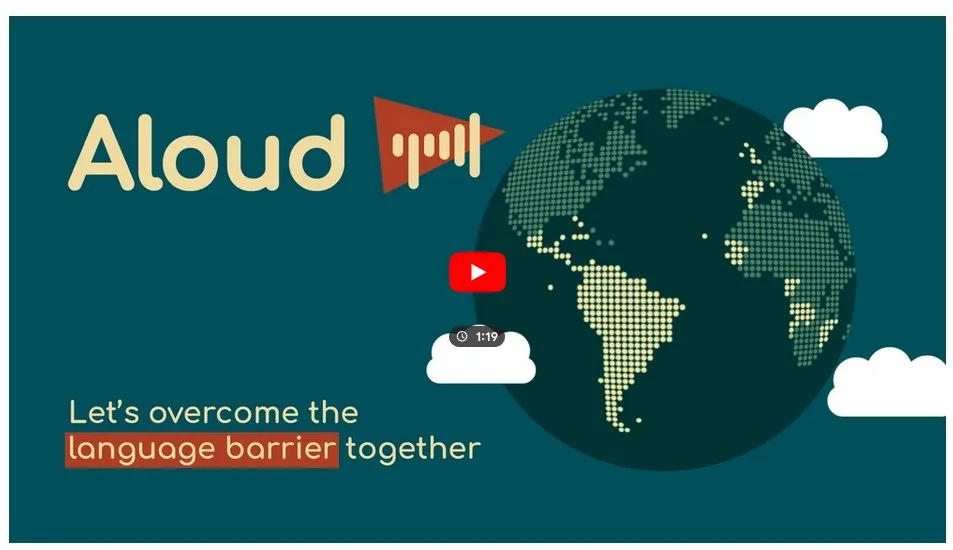YouTube stated at VidCon 2023 that it would start enabling producers to subtitle their films using artificial intelligence. Once put into use, the software—which was created by Aloud and is a part of Google’s Area 120 incubator—will make material accessible to a considerably larger audience. The function is anticipated to give viewers access to content they otherwise might not have had.
A tool driven by AI will automatically subtitle videos in additional languages, assisting both authors and viewers in overcoming the language barrier. The function, which has been in development for years as a part of Google’s Area 120 incubator for experimental initiatives, was unveiled last year as part of the company’s expanded push towards AI-driven features for all of its goods and services.
Amjad Hanif from YouTube stated that the tool is now being tested by hundreds of content creators and that the AI programme only currently covers a few languages.
Currently, English, Spanish, and Portuguese are all accessible for translation.
If the original uploader didn’t include subtitles, YouTube currently permits users to use automatic captions. However, depending on the accents, this may not be particularly effective, and translating subtitles between languages is sporadic or even dangerous.
Hanif notes that as Aloud is still being developed, the audio quality should get better in 2024. This will start to imitate lip sync, inflections, and facial expressions. Although it’s unclear how YouTube would deploy lip-synced video, Nvidia has already shown how to change a person’s body on the fly to maintain their eyes on the camera.
Aloud uses the audio in a manner similar to automatic captioning. It can be edited and adjusted once it has been processed and converted to text. Last but not least, the AI voice is overlaid and included into the material.
This calculated action attempts to speed up the dubbing procedure for creators, enabling them to connect with more global consumers. Aloud’s technology has the ability to make multi-language content creation more widely available by transcribing, translating, and creating dubs of videos. Although the tool is only presently supported in a small number of languages, YouTube aims to increase that number in the future.

Leave a Reply
You must be logged in to post a comment.